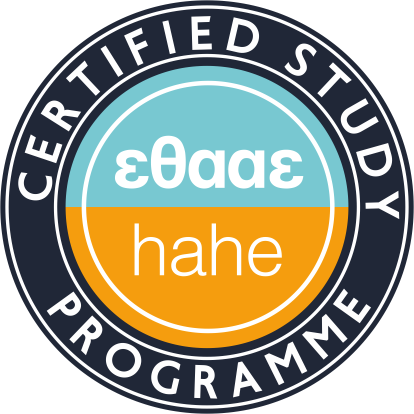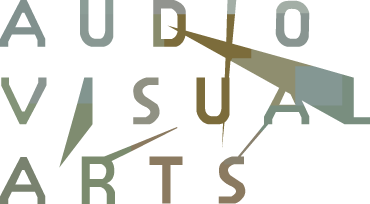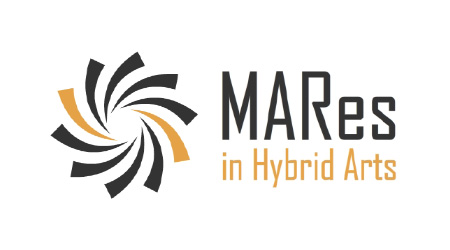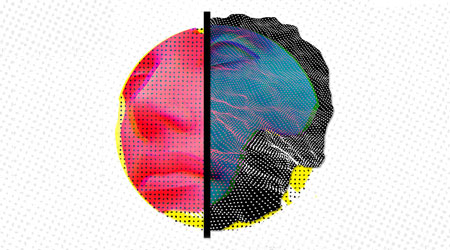COURSES & EXAMS SCHEDULEScontact: av-orologio@ionio.gr
Audiovisual Arts in the Digital Ageavarts.ionio.gr/ada
AVARTS Portfolioportfolio.avarts.ionio.gr
Secretariat Online Servicesdias.ionio.gr
New Students Information Guide/new-students-information-guide
Erasmus +students/erasmus
Career Officecareer.cie.ionio.gr
Ionian University Webmailwebmail.ionio.gr
Event Calendarnews/calendar
Eudoxuseudoxus.gr
Free Network Servicesgrnet.gr











